Find Help
More Items From Ergsy search
-

Safe sleeping and reducing the risk of Sudden Infant Death Syndrome (SIDS)
Relevance: 100%
-
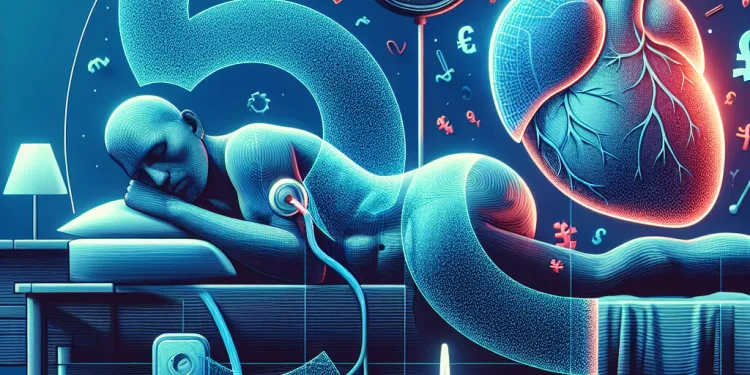
What is complex sleep apnea syndrome?
Relevance: 26%
-

What is complex sleep apnea syndrome?
Relevance: 25%
-

Is it safe to sleep after a concussion?
Relevance: 24%
-

Is it safe to sleep after a concussion?
Relevance: 22%
-

Who is at risk of developing chronic fatigue syndrome?
Relevance: 22%
-

What are risk factors for developing sleep apnea?
Relevance: 20%
-

What are the signs of meningitis in infants?
Relevance: 20%
-

Can reducing screen time improve sleep quality?
Relevance: 19%
-

What is sleep apnoea?
Relevance: 19%
-
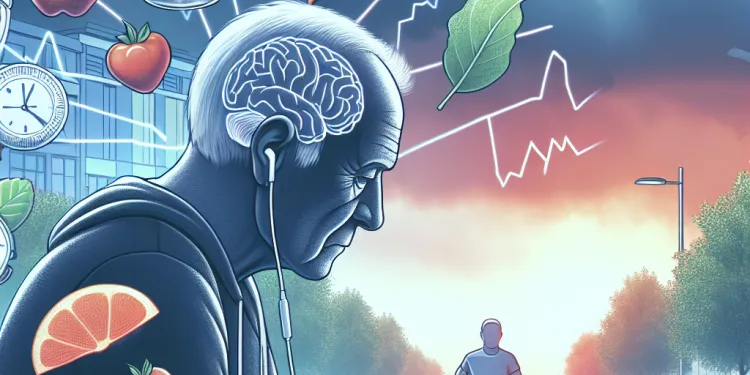
Are there any lifestyle changes that can help reduce the risk of Alzheimer's?
Relevance: 19%
-

Alcohol-Related Deaths in Scotland
Relevance: 19%
-

What are some tips for reducing screen time to improve sleep?
Relevance: 18%
-

How can I reduce the risk of my drink being spiked?
Relevance: 18%
-

Does the menopause just happen suddenly?
Relevance: 18%
-

What is sleep apnea?
Relevance: 18%
-

How common is sleep apnea?
Relevance: 18%
-
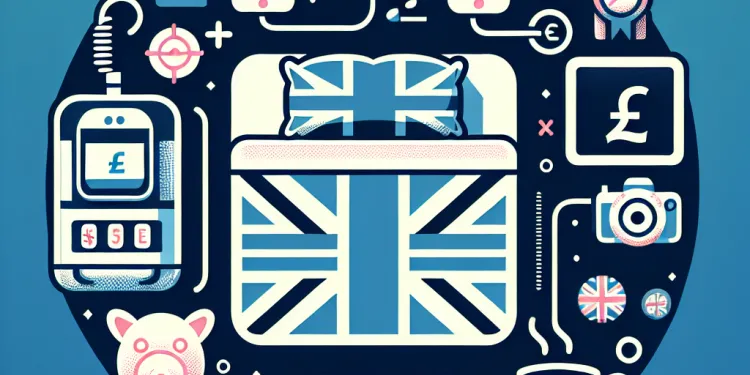
What are the main types of sleep apnea?
Relevance: 17%
-

The new death certification process in the UK
Relevance: 17%
-

What is congenital rubella syndrome?
Relevance: 17%
-
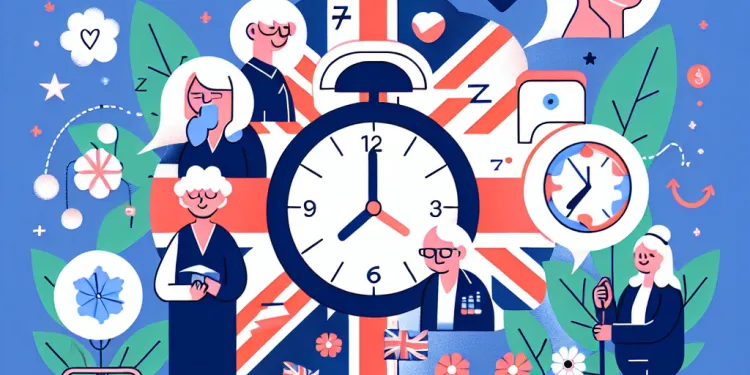
The Importance of Sleep for All Ages
Relevance: 17%
-

Does sleep apnea occur only in adults?
Relevance: 17%
-
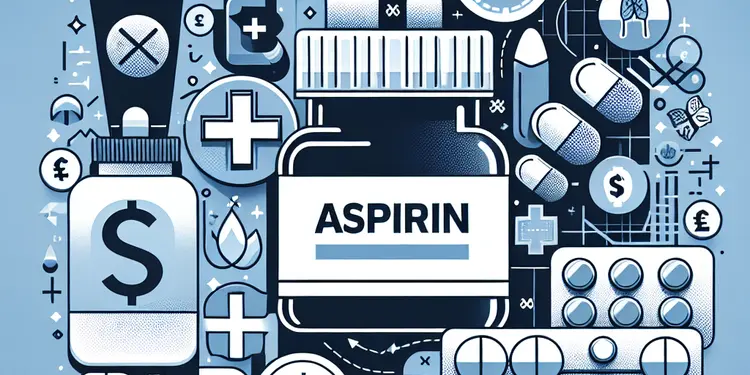
How does aspirin work to reduce cancer risk?
Relevance: 17%
-

What causes Carpal Tunnel Syndrome?
Relevance: 17%
-
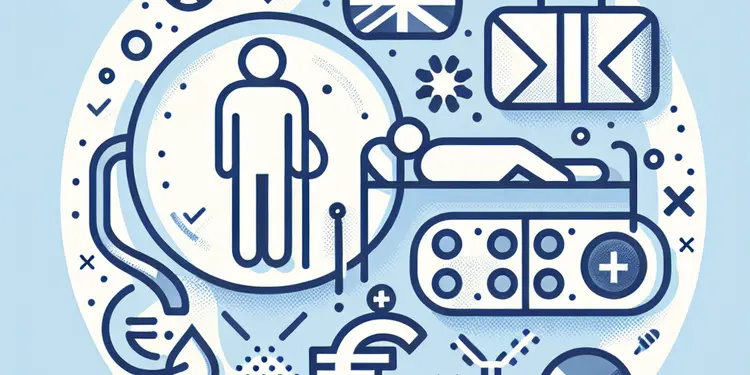
How is chronic fatigue syndrome treated?
Relevance: 16%
-
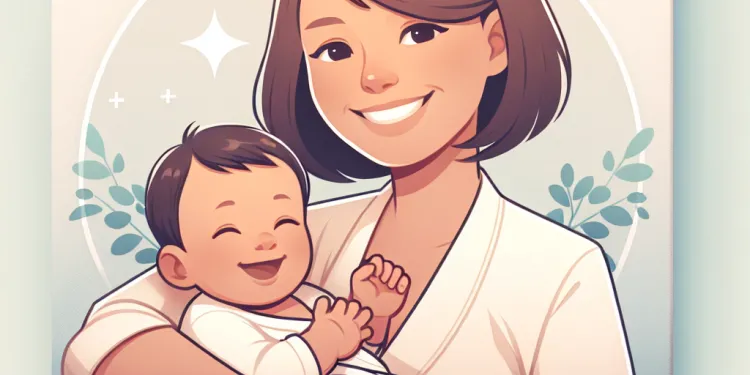
Postpartum Health: Mother and Baby
Relevance: 16%
-
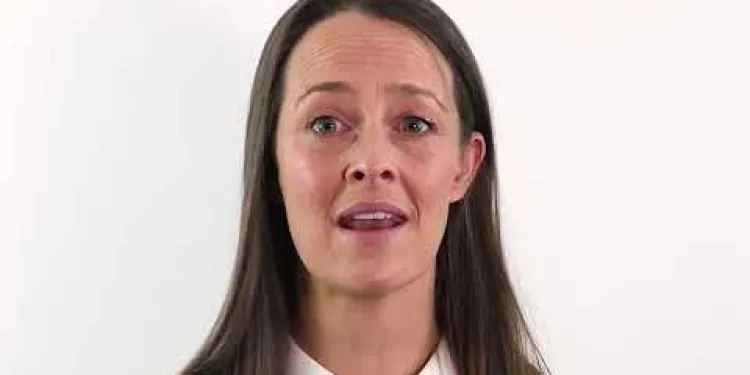
Carpal Tunnel Syndrome
Relevance: 16%
-

Is chronic fatigue syndrome contagious?
Relevance: 16%
-
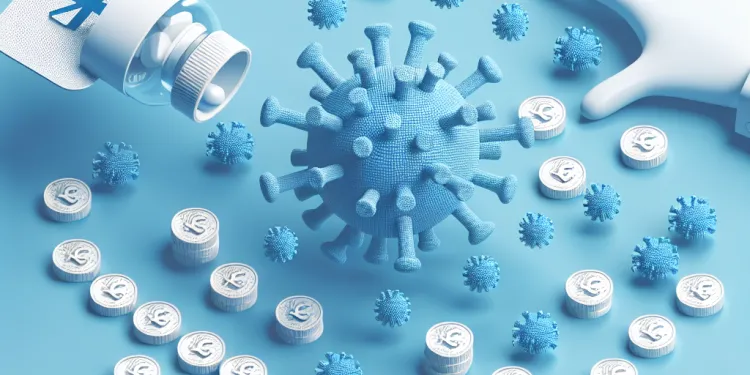
Is it safe to use aspirin to treat chickenpox symptoms?
Relevance: 16%
-

What causes obstructive sleep apnea?
Relevance: 16%
-

What is chronic fatigue syndrome?
Relevance: 16%
-
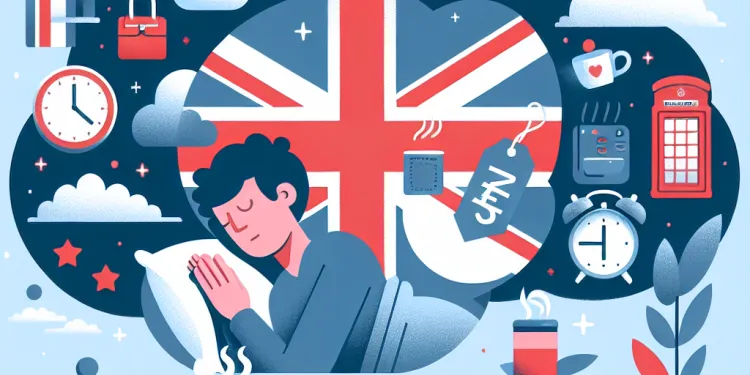
What are common symptoms of sleep apnea?
Relevance: 16%
-

What is Carpal Tunnel Syndrome (CTS)?
Relevance: 16%
-

What preventive measures can reduce the risk of Nipah Virus infection?
Relevance: 15%
-

Why is sleep apnea dangerous?
Relevance: 15%
-

How can one reduce the risk of binge drinking?
Relevance: 15%
-

How do I notify HMRC of someone’s death?
Relevance: 15%
-

Do I need to inform HMRC about the death?
Relevance: 15%
-

What causes chronic fatigue syndrome?
Relevance: 15%
-
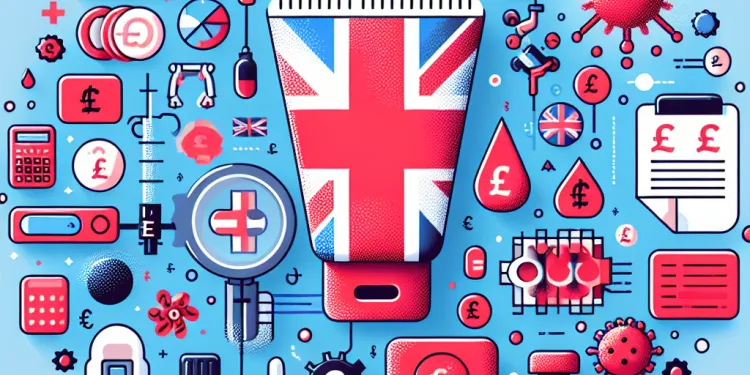
Who is at risk of developing eczema?
Relevance: 15%
Safe Sleeping and Reducing the Risk of Sudden Infant Death Syndrome (SIDS)
Understanding SIDS
Sudden Infant Death Syndrome (SIDS) is the sudden, unexpected and unexplained death of an otherwise healthy baby, typically during sleep. It is sometimes known as 'cot death'. In the UK, SIDS claims the lives of around 200 babies a year. While the exact cause is unknown, various research has suggested some risk factors and precautionary measures that can be taken.
Safe Sleeping Practices
To reduce the risk of SIDS, it's essential to practice safe sleeping. The safest sleeping position for a baby is on their back. Sleeping on their front or side has been associated with a higher risk of SIDS. Additionally, ensure the sleeping surface is firm and flat, free of loose bedding, pillows, and toys. These items could potentially obstruct the baby’s airways, leading to suffocation.
Room Sharing
The NHS recommends that babies sleep in the same room as their parents for at least the first six months. Room sharing — but not bed-sharing — has been shown to significantly reduce the risk of SIDS. Having your baby close helps monitor them more effectively and can provide peace of mind.
Regulating Temperature
Overheating is a considerable risk factor for SIDS. Babies should be kept at a comfortable temperature. Using lightweight blankets and ensuring the room is kept cool (between 16-20°C) is advisable. In the UK, where temperatures can fluctuate, it's important to adjust the baby's clothing and bedding accordingly.
Breastfeeding and Pacifiers
Breastfeeding has been linked with a reduced risk of SIDS. Experts believe the antibodies provided by breastmilk can protect the baby from infections that might increase SIDS risk. Additionally, using a dummy (pacifier) during naps and nighttime has been shown to lower the risk as well. However, if breastfeeding, it's best to establish breastfeeding before introducing a dummy.
Avoiding Smoke Exposure
Exposure to cigarette smoke, both prenatal and postnatal, significantly raises the risk of SIDS. It's vital to maintain a smoke-free environment for your baby. Quitting smoking during pregnancy and ensuring that no one smokes around the baby are critical steps toward reducing SIDS risk.
Safe Sleeping and Reducing the Risk of Sudden Infant Death Syndrome (SIDS)
Understanding SIDS
Sudden Infant Death Syndrome (SIDS) happens when a healthy baby dies suddenly during sleep. It is sometimes called 'cot death'. In the UK, about 200 babies die from SIDS each year. Experts don't know the exact cause, but they have found some ways to make sleep safer for babies.
Safe Sleeping Practices
To help keep babies safe while they sleep, place them on their back. Sleeping on the front or side is not as safe. Make sure the baby's bed is firm and flat. Do not put loose blankets, pillows, or toys in the bed, as they can block the baby's breathing.
Room Sharing
Letting the baby sleep in the same room as parents for the first six months is safer. But the baby should sleep in their own bed, not in the parents' bed. Keeping the baby close helps parents watch them easily and reduces the risk of SIDS.
Regulating Temperature
Babies should not get too hot while sleeping. Keep the room cool, between 16-20°C, and use light blankets. If it gets too warm or cold, adjust the baby's clothing and bedding to keep them comfortable.
Breastfeeding and Pacifiers
Breastfeeding can lower the risk of SIDS. Breastmilk helps protect the baby from getting sick. Using a dummy (pacifier) during naps and sleep time can also help. If you are breastfeeding, wait until breastfeeding is going well before you start using a dummy.
Avoiding Smoke Exposure
Smoke from cigarettes raises the risk of SIDS. Keep the baby's environment smoke-free. Do not smoke during pregnancy, and make sure no one smokes around the baby after they are born.
Frequently Asked Questions
What is Sudden Infant Death Syndrome (SIDS)?
SIDS, also known as cot death, is the sudden and unexplained death of an otherwise healthy baby, usually during sleep.
How common is SIDS in the UK?
SIDS is relatively rare in the UK, with around 200 cases per year. However, it's crucial to follow safe sleep guidelines to minimise the risk.
What is the safest sleeping position for my baby?
The safest sleeping position for your baby is on their back. This position significantly reduces the risk of SIDS.
Should I use a sleep positioner or a baby wedge?
No, you should not use sleep positioners or baby wedges, as they can pose a suffocation hazard. Always place your baby on a firm, flat mattress.
Can I co-sleep with my baby?
It is not recommended to share a bed with your baby, as it increases the risk of SIDS. Instead, place your baby in a cot or a Moses basket in your room for the first six months.
What type of mattress should I use for my baby?
Use a firm, flat, and well-fitting mattress with no gaps between the mattress and the sides of the cot. Avoid using soft or cushioned surfaces.
Are there any items I should keep out of my baby's sleep area?
Yes, keep pillows, duvets, soft toys, bumpers, and loose bedding out of your baby's cot to avoid the risk of suffocation.
What is the ideal room temperature for my baby to sleep in?
The recommended room temperature for your baby to sleep in is between 16 to 20 degrees Celsius. Overheating increases the risk of SIDS.
How should I dress my baby for sleep?
Dress your baby in breathable clothing such as a sleep suit, and use a lightweight blanket or a baby sleeping bag appropriate for the room temperature.
Is it safe to swaddle my baby?
Swaddling can be safe if done correctly. Ensure the swaddle is not too tight and does not cover the baby's face. Stop swaddling once the baby shows signs of rolling over.
Can dummy (pacifier) use reduce the risk of SIDS?
Using a dummy at nap time and bedtime can help reduce the risk of SIDS. However, if your baby rejects the dummy, do not force it.
Should I avoid smoking during pregnancy and around my baby?
Yes, smoking during pregnancy and around your baby increases the risk of SIDS. Keep your baby away from smoke and maintain a smoke-free environment.
How often should I check on my baby during the night?
Regularly check on your baby throughout the night, but also invest in a reliable baby monitor to assist in monitoring your baby's sleep if needed.
Can breastfeeding reduce the risk of SIDS?
Yes, breastfeeding has been shown to reduce the risk of SIDS. It is recommended to breastfeed your baby exclusively for the first six months if possible.
Are there any devices that can prevent SIDS?
There is no device that can completely prevent SIDS. Following safe sleeping guidelines and creating a safe sleep environment are the best ways to reduce the risk.
What is Sudden Infant Death Syndrome (SIDS)?
Sudden Infant Death Syndrome, or SIDS, is when a baby dies suddenly while sleeping. Doctors don't know why this happens.
Here are some tips to help keep babies safe while sleeping:
- Put the baby on their back to sleep.
- Use a firm, flat sleep surface like a crib mattress.
- Keep soft things like toys and blankets out of the baby's sleep area.
- Don't let anyone smoke around the baby.
If you need more help, you can talk to a doctor or nurse. They can answer your questions and give you more tips.
SIDS is when a baby dies suddenly while sleeping. We do not know why it happens. Some people call it cot death. It usually happens to healthy babies.
How often does SIDS happen in the UK?
SIDS means Sudden Infant Death Syndrome. This is when a baby dies suddenly and we do not know why.
SIDS is very rare in the UK.
Here are some tips to help understand:
- Ask someone to read with you.
- Use pictures to help explain.
- Take your time to think about each part.
You can also ask a teacher or parent if you have any questions.
SIDS is when a baby dies suddenly in their sleep. This is not very common in the UK. It happens about 200 times each year.
It is important to follow safe sleep rules to help keep your baby safe.
Here are some tips:
- Put your baby on their back to sleep.
- Keep toys and blankets away from their face.
- Make sure the baby's bed is firm and flat.
If you have questions, ask a doctor or nurse for help.
How should my baby sleep to be safe?
The best way for your baby to sleep is on their back. This helps keep them safe and lowers the chance of SIDS (which means Sudden Infant Death Syndrome).
If you need help, you can use a baby monitor to check on your baby while they sleep. Also, make sure your baby's crib is clear of toys and blankets.
Can I use a sleep positioner or baby wedge for my baby?
No, you should not use sleep positioners or baby wedges. These can be dangerous and make it hard for your baby to breathe. Always put your baby on a firm, flat mattress to sleep.
Can I sleep in the same bed with my baby?
Sleeping in the same bed with your baby is called co-sleeping. It's important to make sure your baby is safe. Here are some tips:
- Put your baby on their back to sleep.
- Make sure the bed is firm, not soft.
- Keep pillows, blankets, and toys away from your baby.
- Don't smoke or drink alcohol if you sleep with your baby.
Ask your doctor or nurse for more advice.
It is not a good idea to sleep in the same bed as your baby. This can make it unsafe for your baby. Instead, put your baby in a cot or a small baby bed called a Moses basket in your room for the first six months.
What kind of mattress should I get for my baby?
Here’s how to pick the best mattress for your baby:
- Choose a firm mattress. A firm mattress is safer for your baby.
- Make sure the mattress fits the crib well. There should be no gaps at the sides.
- Pick a mattress that is waterproof. This helps keep it clean.
Ask for help if you need it. You can talk to a friend or a store worker who knows about baby things.
Use a strong and flat mattress. It should fit the bed well with no spaces on the sides. Do not use soft or squishy mattresses.
Things to Keep Away from Baby's Sleep Area
There are some things that should not be in your baby's bed. These things can be unsafe. Keep these things out of the bed:
- No pillows.
- No blankets.
- No toys.
- No bumpers on the crib.
All these things could make it hard for your baby to breathe. It is safest for your baby to sleep in a bed with just a firm mattress and a fitted sheet.
If you need help, try asking a friend or family member. You can also look at a picture showing what a safe baby's bed looks like.
Yes, keep pillows, blankets, soft toys, bumpers, and loose bedding out of your baby's bed. This will help keep your baby safe from getting covered and having trouble breathing.
What is the best temperature for my baby's room?
It is important to keep your baby's room not too hot or too cold. The best temperature is like a nice spring day.
Tips to help:
- Use a thermometer to check the room temperature.
- Keep the room around 20 degrees Celsius.
- Put your baby in light clothes, like a sleep suit.
- Touch your baby's neck or tummy to see if they feel too hot or cold.
The best room temperature for your baby to sleep is between 16 to 20 degrees Celsius. If it's too hot, it can be dangerous for your baby.
How can I dress my baby for bedtime?
It is important to keep your baby comfy and safe when they sleep.
Here are some tips:
- Dress your baby in clothes that are comfy and not too tight.
- Use a sleeping bag or a swaddle instead of blankets. This helps keep them cozy.
- Make sure the room is not too hot or too cold.
- Check your baby's neck to see if they are too hot or too cold.
If you need help, you can ask a doctor or nurse. They can give you advice on how to dress your baby for sleep.
Dress your baby in comfy clothes like a sleep suit. Use a light blanket or a baby sleeping bag that's good for the room's temperature.
Can I wrap my baby safely?
Wrapping your baby in a blanket is called swaddling.
Swaddling can help babies feel snug and sleep better.
But you need to do it safely. Here are some tips:
- Don't wrap too tight. Baby should move hips and legs a bit.
- Keep blanket away from baby's face.
- Stop swaddling when baby can roll over by themselves.
You can watch videos online to learn how to swaddle safely.
Swaddling a baby can be safe if you do it the right way. Make sure the blanket is not too tight and does not cover the baby's face. Stop swaddling when the baby starts trying to roll over.
Does using a dummy (pacifier) help stop babies from dying in their sleep?
Using a pacifier when your baby sleeps can help keep them safe. It can lower the chances of something called SIDS. But if your baby does not want the pacifier, that's okay. Don't make them use it.
Is it important to not smoke when pregnant and near my baby?
Yes, it is very important not to smoke when you are going to have a baby or when you are near your baby. Smoking is bad for you and your baby. It can make the baby sick.
Here are some tips to help you stop smoking:
- Ask your doctor for help.
- Use nicotine patches or gum if your doctor says it is okay.
- Try to stay busy so you don’t think about smoking.
- Spend time with friends who do not smoke.
Taking care of you and your baby is the most important thing!
Yes, smoking when you are pregnant or near your baby can be very dangerous. It can make it more likely for your baby to have serious health problems. It's important to keep your baby away from smoke and to make sure their environment, or the place where they spend time, is free from smoke.
Try to stay in places where no one is smoking. If you need help stopping smoking, talk to a doctor or use tools like apps or support groups.
How often should I look in on my baby at night?
It is a good idea to check on your baby during the night to make sure they are okay. You might want to do this every few hours. Every parent and baby is different, so you can do what feels right for you and your baby.
Listening to your baby on a baby monitor can also help. This way, you can hear if they need you without going into their room all the time.
Check on your baby often at night. A baby monitor can help you watch your baby while they sleep.
Can breastfeeding help lower the risk of SIDS?
Does feeding a baby with breast milk help make SIDS (Sudden Infant Death Syndrome) less likely?
Let's explain:
SIDS is when a baby suddenly dies, and we don't know why. It's very sad.
Things that can help:
- Breastfeeding your baby. It might help them stay healthy and safe.
- Placing the baby on their back to sleep. This is the safest position.
- Keep the baby’s sleep area clear of toys and blankets.
Want to learn more?
Talk to a doctor or nurse. They can help and give you more tips.
Yes, breastfeeding can help keep your baby safe from SIDS (Sudden Infant Death Syndrome). It is a good idea to feed your baby only breast milk for the first six months if you can.
Can anything stop SIDS?
SIDS means "Sudden Infant Death Syndrome." It is when a baby dies in their sleep without warning. There is no device that can stop SIDS completely, but there are ways to help keep your baby safe: - Place your baby on their back to sleep. - Use a firm mattress with no soft toys or blankets around the baby. - Keep the crib in the same room where you sleep. These steps can help keep your baby safe while sleeping. Always talk to a doctor if you have questions.There is no gadget that can stop SIDS. But you can do some things to help keep your baby safe. Follow sleep safety tips and make sure your baby has a good place to sleep.
Useful Links
- Ergsy carfully checks the information in the videos we provide here.
- Videos shown by Youtube after a video has completed, have NOT been reviewed by ERGSY.
- To view, click the arrow in centre of video.
- Most of the videos you find here will have subtitles and/or closed captions available.
- You may need to turn these on, and choose your preferred language.
- Go to the video you'd like to watch.
- If closed captions (CC) are available, settings will be visible on the bottom right of the video player.
- To turn on Captions, click settings .
- To turn off Captions, click settings again.
More Items From Ergsy search
-

Safe sleeping and reducing the risk of Sudden Infant Death Syndrome (SIDS)
Relevance: 100%
-

What is complex sleep apnea syndrome?
Relevance: 26%
-

What is complex sleep apnea syndrome?
Relevance: 25%
-

Is it safe to sleep after a concussion?
Relevance: 24%
-

Is it safe to sleep after a concussion?
Relevance: 22%
-

Who is at risk of developing chronic fatigue syndrome?
Relevance: 22%
-

What are risk factors for developing sleep apnea?
Relevance: 20%
-

What are the signs of meningitis in infants?
Relevance: 20%
-

Can reducing screen time improve sleep quality?
Relevance: 19%
-

What is sleep apnoea?
Relevance: 19%
-

Are there any lifestyle changes that can help reduce the risk of Alzheimer's?
Relevance: 19%
-

Alcohol-Related Deaths in Scotland
Relevance: 19%
-

What are some tips for reducing screen time to improve sleep?
Relevance: 18%
-

How can I reduce the risk of my drink being spiked?
Relevance: 18%
-

Does the menopause just happen suddenly?
Relevance: 18%
-

What is sleep apnea?
Relevance: 18%
-

How common is sleep apnea?
Relevance: 18%
-

What are the main types of sleep apnea?
Relevance: 17%
-

The new death certification process in the UK
Relevance: 17%
-

What is congenital rubella syndrome?
Relevance: 17%
-

The Importance of Sleep for All Ages
Relevance: 17%
-

Does sleep apnea occur only in adults?
Relevance: 17%
-

How does aspirin work to reduce cancer risk?
Relevance: 17%
-

What causes Carpal Tunnel Syndrome?
Relevance: 17%
-

How is chronic fatigue syndrome treated?
Relevance: 16%
-

Postpartum Health: Mother and Baby
Relevance: 16%
-

Carpal Tunnel Syndrome
Relevance: 16%
-

Is chronic fatigue syndrome contagious?
Relevance: 16%
-

Is it safe to use aspirin to treat chickenpox symptoms?
Relevance: 16%
-

What causes obstructive sleep apnea?
Relevance: 16%
-

What is chronic fatigue syndrome?
Relevance: 16%
-

What are common symptoms of sleep apnea?
Relevance: 16%
-

What is Carpal Tunnel Syndrome (CTS)?
Relevance: 16%
-

What preventive measures can reduce the risk of Nipah Virus infection?
Relevance: 15%
-

Why is sleep apnea dangerous?
Relevance: 15%
-

How can one reduce the risk of binge drinking?
Relevance: 15%
-

How do I notify HMRC of someone’s death?
Relevance: 15%
-

Do I need to inform HMRC about the death?
Relevance: 15%
-

What causes chronic fatigue syndrome?
Relevance: 15%
-

Who is at risk of developing eczema?
Relevance: 15%


